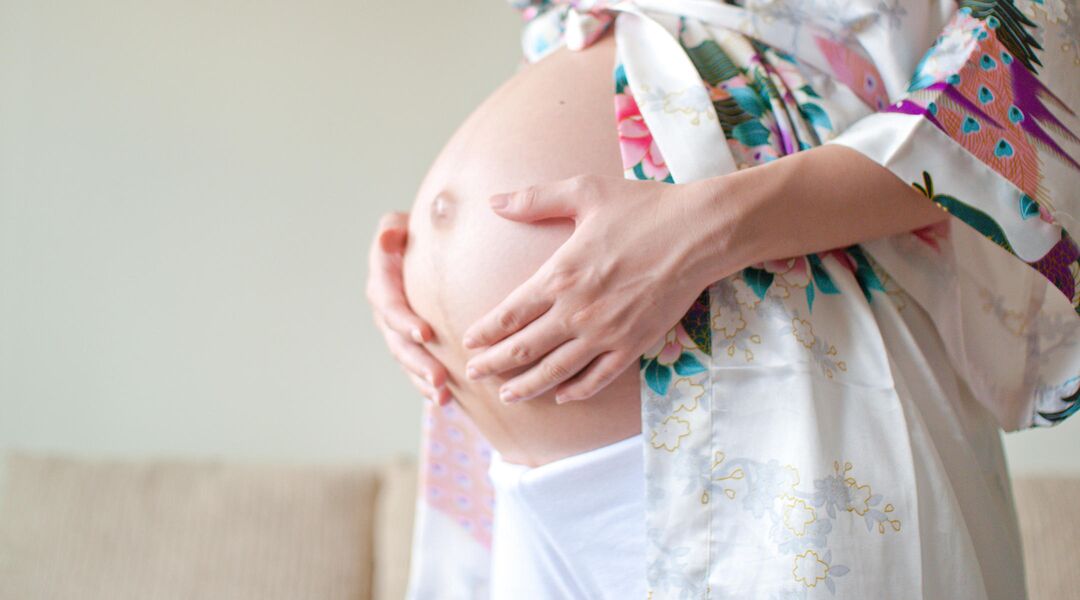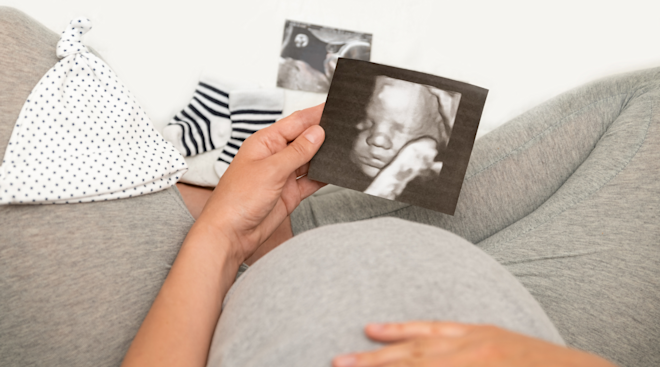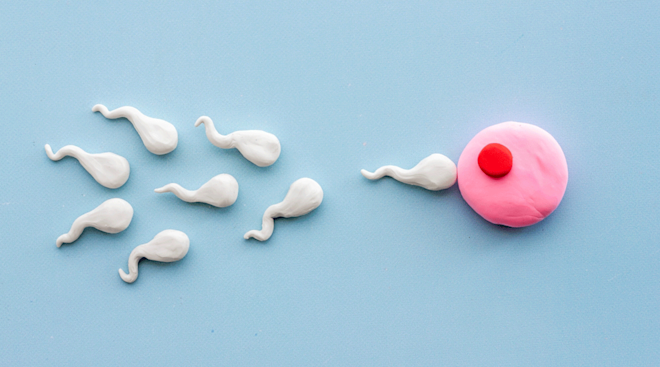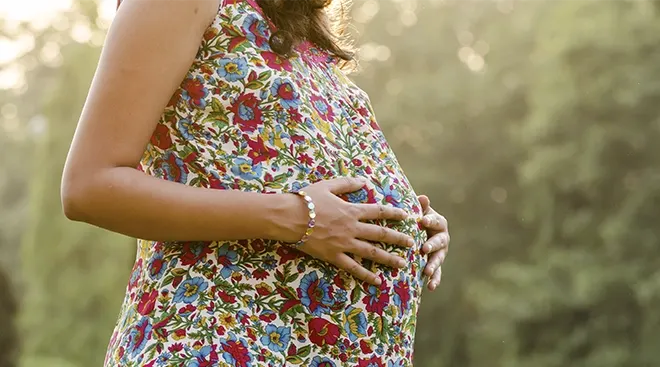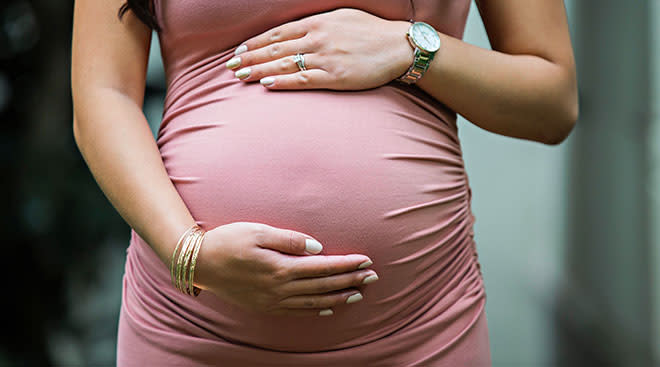Amniotic Fluid: What It Is and Why It's Important
The truth? Amniotic fluid is pee. Well, mostly pee. When the fluid first starts to form inside the amniotic sac (a few weeks after conception), it’s mostly made of your own body fluids. But when baby’s kidneys kick in and start putting out urine (at as early as 11 weeks), those new fluids start building up to help cushion and protect baby’s growing body. After around week 20, the amniotic fluid is mostly urine.
This all might sound a little gross at first, but thank goodness for those fluids! They keep baby safe in case you fall, push out on the uterine walls to give baby more space (and allow for more practice wiggling around), help baby learn how to breathe and swallow, and serve as protection from infection by stopping the growth of certain types of bacteria.
The amniotic fluid also contains skin cells that have shed from baby, which means your doctor can use it to test for some genetic disorders.
Expert source: American College of Obstetrics and Gynecologists. Your pregnancy and birth. 4th ed. Washington, DC: ACOG; 2005.
Please note: The Bump and the materials and information it contains are not intended to, and do not constitute, medical or other health advice or diagnosis and should not be used as such. You should always consult with a qualified physician or health professional about your specific circumstances.
Navigate forward to interact with the calendar and select a date. Press the question mark key to get the keyboard shortcuts for changing dates.
































